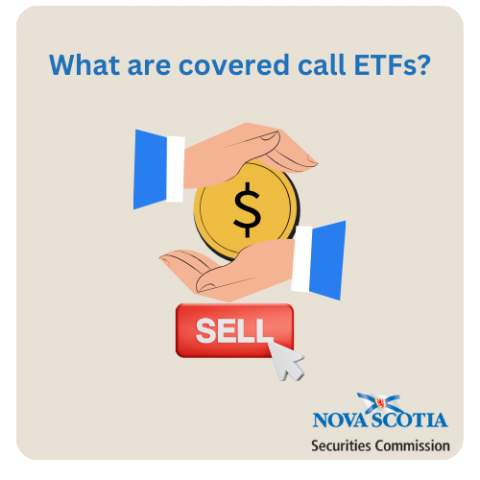Submitted by nsscadmin on

Recently we received a question about covered call ETFs, especially what they are and how they work.
A regular ETF is a basket of securities that goes up and down in value following the total performance of those holdings. Someone who invests in covered call ETFs typically is not looking for large gains in the value of the ETFs but invests to take advantage of cash distributions.
A covered call ETF assigns a certain number of the securities in its holdings to covered call options. These covered call options are purchased by a buyer, and they pay the seller a premium. The cash received through these premiums is passed on to ETF unit holders monthly as cash distributions.
When the securities are sold as covered call options there is risk involved. If the value of the securities increases the ETFs could miss out on this growth and end up taking a loss. If the value of the securities decreases the buyer will likely choose not to execute the option, so the ETF holds onto the securities but still keeps the premium they were paid.
The fund manager of a covered call ETF is constantly selling options to maintain the cash distributions for the unit holders. They are hoping to find some balance between growth potential and income yield within the ETF, which can sometimes be difficult to do during times of high volatility.
The Commission does not provide advice, and we’re not advising anyone to purchase covered call ETFs. This post simply provides basic information on covered call ETFs to help investors make more informed decisions. If you’re thinking about investing in covered call ETFs, make sure you examine the risk and how they fit, or potentially don’t fit, into your portfolio and your financial goals both short and long term.
